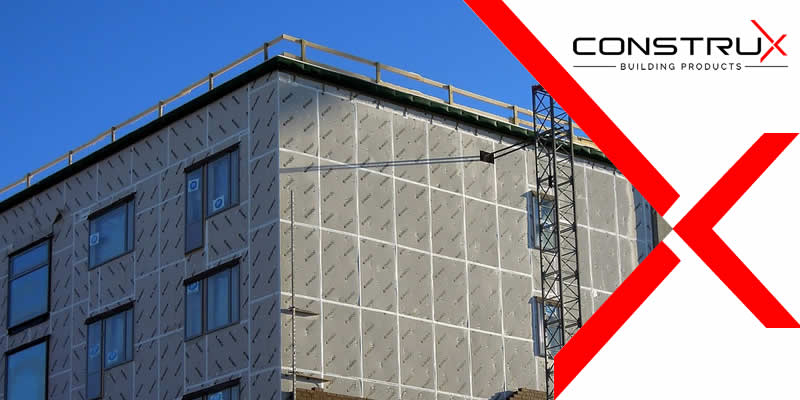
5 Advantages Of Prefabricated Construction
Prefabricated Construction is building an assembly of components belonging to a structure at the manufacturing site and transporting this sub-assembly to the location of construction job site. Despite being thought of as a low-end and mass produced housing structure, it is quite the converse in reality. Prefabs or Prefabricated construction is becoming quite common with enhanced quality and diverse budgets.
Prefabs, on its way in becoming a house-hold name, is attributed with energy efficiency and long-lasting construction. Traditional Construction methods lead to a lot of waste whereas with prefabs, their extra material can be recycled in-house as they are sub-assemblies that are manufactured in the factories. The controlled environment of a factory gives rise to better air-filtration, fewer manufacturing mistakes and tight joints, leading to walls with better immunity and lasting energy efficiency.
Monetary Savings:
One of the better advantages of prefabricated constructions is their considerable savings in money wherein it is portrayed that prefabs may be very expensive but it is not so. Modular Constructions focus on all price limits and budgets, making a reasonable choice. Prefabs manufacturers regularly get discounts at throwaway prices from material providers which at that point boils down to the expense of a construction venture. Prefabricated Constructions likewise evade the probability of problematic contractors and hopeless staff. Moreover, the decrease in construction time can likewise save money on development financing costs.
Adaptability:
Prefabs can be effectively be dismantled and migrated to various locales. This fundamentally lessens the supply of raw materials, limits spent energy and diminishes time in general. Likewise, prefabs manufacturing takes into account adaptability of the structure taking into account an endless number of chances. Since pre-assembled development units can be utilized in various spaces, its latent style can mix in with practically any structure type.
Steady Quality:
Since prefabricated development happens in a controlled assembling condition and adheres to indicated norms, the sub-gatherings of the structure will be worked to a uniform quality. Building site-manufactured structures are reliant after diverse aptitude levels and the time-tables of self employed contractors. These all add to the quality of craftsmanship and dominant nature of given structure. With prefabs, each sub-assembly is worked by an accomplished team under safe climatic conditions, with infinite quality checks throughout the whole procedure. A few segments of the structure are built utilizing exact machine equipment to adhere to construction regulations.
Fewer Inconveniences:
Since numerous parts of a structure are finished in the processing plant, there is altogether less truck traffic, hardware and material providers around the last building site. This restrains the interruption of customary places of work that experience the negative effects of commotion, contamination, waste and other normal disruptions. This streamlined way to deal with development gives an undeniably progressively effective environment for efficiency, and kills pointless interruptions and impediments that are commonplace in building destinations.
Shorter Construction Time:
Prefabricated Construction sets aside altogether less effort to work than on-site development. On numerous instances, prefabs take not exactly a fraction of the time as contrasted with rigors of conventional manufacturing. This is because of better direct planning, end of on location climatic conditions,, subcontractor delays and snappier fabrication as numerous pieces can be developed in quality time. Shorter manufacturing times permits organizations to take on different business undertakings on the go, enabling organizations to grow instead of leveling all their attention and assets on each or a couple of tasks in turn.
Tags :



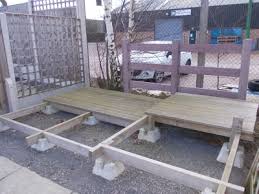
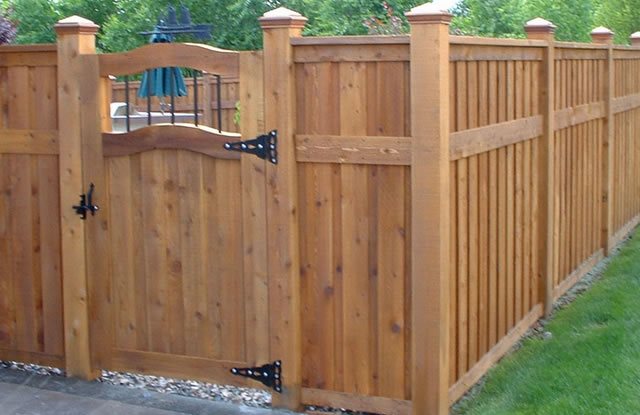
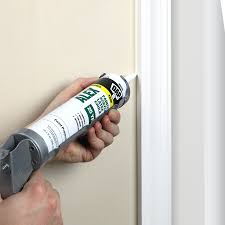

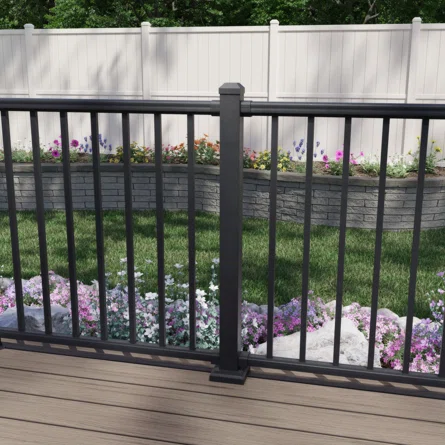
COMMENTS